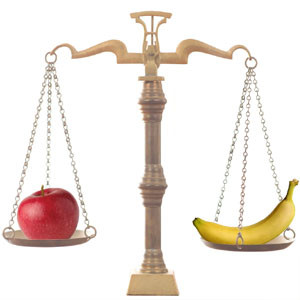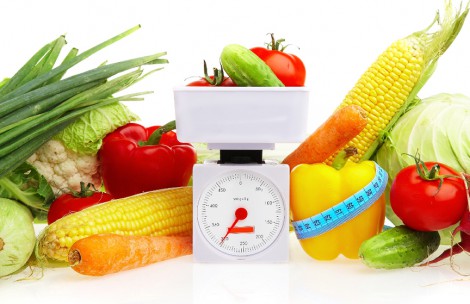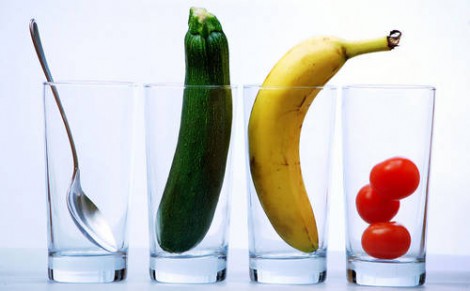The Glycemic Index (GI) and the Glycemic Load (GL) of carbohydrates can often be heard about in the context of diet & nutrition. Diets use the GI and GL values too to determine meal plans for healthy diets and for weight loss purposes. Let’s see what is the difference between GI and GL and how to use these values to define which foods are healthier for us to consume.
Starting Point: Simple and Complex Carbs
Carbohydrates can be classified as either simple or complex. Carbohydrates are simple if they are composed of one or two simple sugars in the molecule and they are complex if they are composed of long chains of the simple sugar, glucose. Based on a simplistic categorization, sugars are simple carbs while starches are complex carbs.
In the past, medical practitioners assumed that eating more complex and less simple carbohydrates was beneficial for humans. It was assumed that the consumption of starchy food (complex carbs) would lead to smaller increases in blood glucose levels than foods containing simple carbs.
The Glycemic Index
The Glycemic Index is the cornerstone of a concept developed by Dr Thomas Wolever and Dr David Jenkins at the University of Toronto in 1981. The concept was developed within a research project that aimed to find out which carbohydrate is best to consume by diabetics.
According to the outcome of the Toronto research, carbohydrates that break down quickly during the digestion process and release glucose into the bloodstream with a fast pace have a high GI. Those foods that break down slowly and release glucose with a slower, more gradual pace into the bloodstream have a lower GI.
Rapid increases in blood glucose levels by the consumption of high GI foods are potent signals to the pancreas to increase insulin secretion. A few hours after eating such carbohydrates, the high insulin levels induced by consumption of high-glycemic index foods may cause a sharp decrease in blood glucose levels. In contrast, the consumption of low GI foods results in lower but more sustained increases in blood glucose levels and lower insulin demands on the pancreas.
The definition of the GI of food happens according to an elaborate and refined methodology used by Dr Wolever and Dr Jenkins. It measures how quickly a food containing 25 or 50 grams of carbohydrate raises blood-glucose levels.
Based on the concept of the GI, a research team at the Harvard University developed the concept of the Glycemic Load.
The Glycemic Load
Glycemic Load is a similar concept to the GI. The idea behind GL is to simultaneously describe the quality and quantity of carbohydrate in a meal, or in an entire diet.
The GL takes into account the amount of carbohydrates in a typical serving of the food. In practice, the GL of a food is more specific as it tells us how much the given food portion raises blood glucose. It multiplies the GI of the food with the actual amount of carbohydrate that is consumed in the serving, in grams, and then divides this by 100.
According to this concept, if a food has a GL of one point, it raises the blood sugar by one gram of glucose. If a specific food serving has low GL, it implies that its GI is low too. However, if a food has a low GI, it may have higher GL, depending the amount consumed.
A full diet can be evaluated from the viewpoint of its GL, which is called “dietary GL”. The dietary GL is the sum of the GL-s for all foods consumed in the analysed diet. A low GL diet typically has less than 80 points per day. A medium GL diet is between 80 to 120 points per day while a diet is high in terms of GL if it is over 120 points per day.
Harvard University has an excellent table that contains GI and GL data for more than 100 commonly consumed food items. If you wish to analyse your diet, take a look at this useful resource: http://bit.ly/19fUWtk



